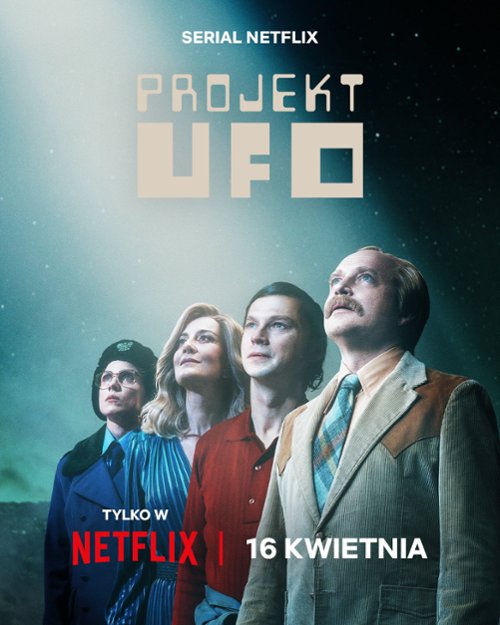How David Bowie, Jimmy Page, Patti Smith and other musicians fell for William S. Burroughs
June 21, 2019
Over the thumping bass and the scratchy twitchy guitar, it was one part psychedelia, one part noir tough-guy scene setting. Burroughs was an ethereal intermediary between here and the fiery beyond, pausing to give us the purgatorial skinny.
It turns out that Anderson was only one of the arty rockers influenced by Burroughs. Patti Smith, the Beatles, the Rolling Stones, Bob Dylan, Kurt Cobain, David Bowie, Lou Reed, Jimmy Page, Frank Zappa, Richard Hell, Jim Carroll, Joy Division, Jerry Garcia, Husker Du’s Grant Hart, Genesis P-Orridge of the punk-industrial collective Throbbing Gristle, and Sonic Youth’s Thurston Moore were among the Beat legend’s many amped apostles. It was partly his anarchic approach to living that inspired them, but just as important was his literary technique.
D.C.-based rock critic and SiriusXM music licensing director Casey Rae meticulously details the connections in “William S. Burroughs and the Cult of Rock ’n’ Roll.” The book is at its best when tracing the lyric and sonic collages of art rock and its offshoots to Burroughs’s groundbreaking use of literary cut-ups — the snipping and reassembling of texts to form new texts. Rae goes further, in fact, arguing provocatively that although Burroughs died in 1997 at age 83, he freakishly presaged the fractured, distracting memes and bytes of today’s Web mind.
Burroughs thought of art as a universal, timeless, deconstructive subversion of an establishment reality that he called Control. And it is that resistance — through fevered creativity, proud sexual and other deviance, literary and sonic cut-ups, and mind-altering substances — that he transmitted to the rock generation like a seditious cultural virus. Or was it an antibody?
There is a structural repetitiveness, perhaps an unavoidable one, as Rae toggles back and forth between Burroughs’s bio and those of the musicians. Still, it is fun being a fly on the wall during meetings of these colossal hipsters. The encounters often follow the script: Young Icon makes pilgrimage to Junkie Majesty on High in his Tribeca bunker — or, later, at his home in Lawrence, Kan.
Author and rocker chat about literature and cut-ups, or about occultist Aleister Crowley and the supernatural, or about drugs and booze. Burroughs might show off his gun collection, which should give any sensible visitor pause after the writer’s infamous 1951 shooting of his wife, Joan Vollmer, in a lethal drunken “game” of William Tell. Or Burroughs might invite his musician guest to enter his prized Wilhelm Reich-inspired “orgone accumulator,” devised to trap and radiate magical energy, and supposedly helpful, too, in mitigating the agony of heroin withdrawal.
The encounters were sometimes engineered by rock publications such as Rolling Stone, which had Burroughs meet with Bowie in 1974, and Crawdaddy, which commissioned him in 1975 to write about Page and Led Zeppelin.
“Up four flights of stairs, the rail-thin rocker found the equally rail-thin author among his curios,” Rae writes of the Page visit. He accepted “a cup of tea, and later, two fingers of whiskey.” Soon the two were at a Mexican restaurant downing margaritas and discussing their mutual acquaintances and their shared love of Moroccan music. They chatted about Boleskine, the magic-menaced Crowley manse on Loch Ness into which Page had recently moved.
Like many of Burroughs’s rock progeny, Bowie was an adherent of the cut-up technique that originated with the Surrealists but was popularized in the late 1950s by Burroughs and the artist Brion Gysin. “I’ve tried doing it with diaries and things,” Bowie said, “and I was finding out lots of amazing things about me and what I’ve done and where I was going. . . . I suppose it’s a kind of Western tarot.”
The Thin White Duke and his Thin Gray Inspiration shared other traits, including a pronounced, drug-fueled paranoia. Like a Burroughs antihero, Bowie “witnessed a demonic presence in his backyard pool,” thought that Jimmy Page was placing a curse on him, and suspected that “a satanic coven was attempting to steal his bodily fluids to conceive the Antichrist.” To thwart that, Bowie stored his urine in the fridge.
Burroughs’s connection with Patti Smith feels deeper, beyond druggie antics and glam personae, partly because she was drawn to him as a man, not just as an idol. He recognized her powerful shamanic stage presence. She admired his literary boldness but also treasured his awkward affection. She copied his outfit — a black overcoat and an old hat.
“I had the biggest crush on William. Really a big one,” she said. “And I used to even daydream about, you know, he would fall in love with me and we’d get married.” However whimsical or fleeting, the notion was problematic, of course, given that he was old enough to be her dad and that he was gay.
The ultimate rebel move is to flee one’s fans. To escape the Manhattan madness and sort out their souls, both Smith and Burroughs would leave New York, she for Detroit, he for Kansas.
His last public appearance was in 1997 for a U2 video, “Last Night on Earth.”
“Amid a jumble of cut-up visuals,” Rae writes, “Burroughs can be seen flashing an oversized spotlight and waving his cane sword around” — to the end, the proto-rock buccaneer, waging his valiant fight against Control.
Alexander C. Kafka has written about books for The Washington Post, Boston Globe and Chicago Tribune.
William S. Burroughs and the Cult of Rock 'n' Roll
By Casey Rae






Brak komentarzy:
Prześlij komentarz